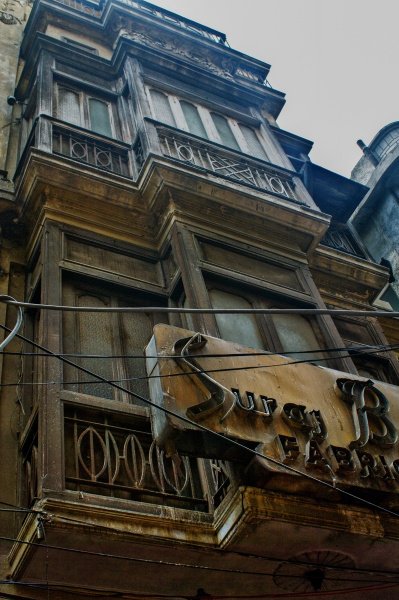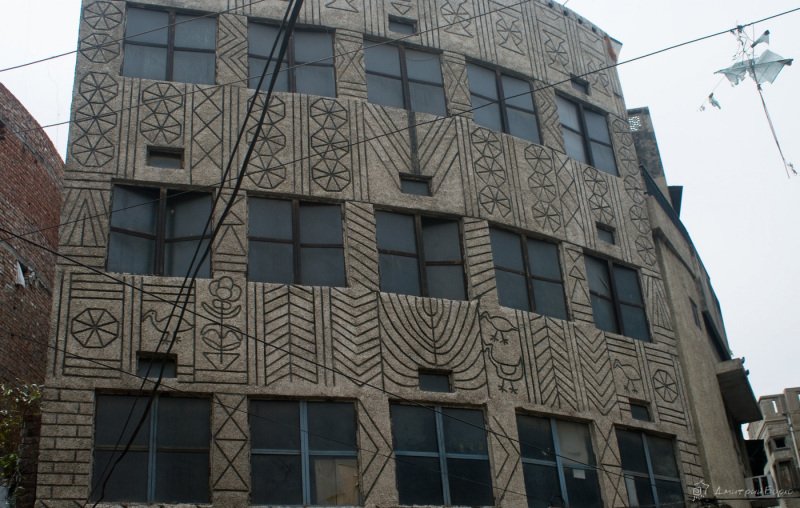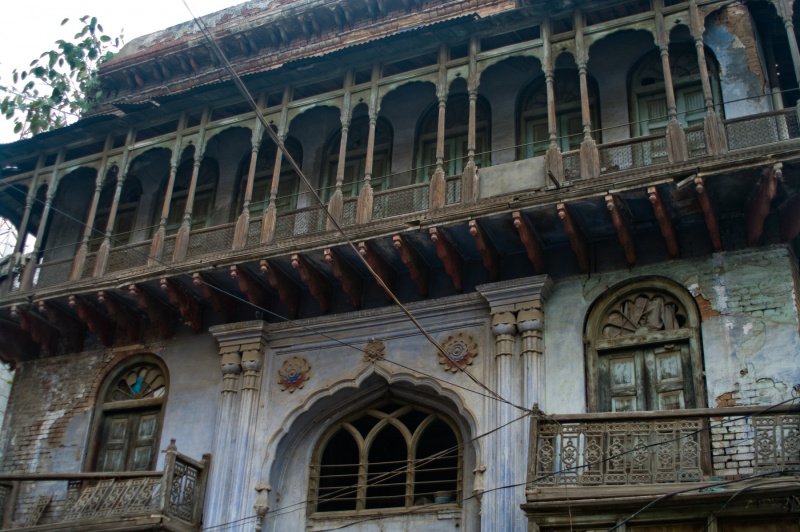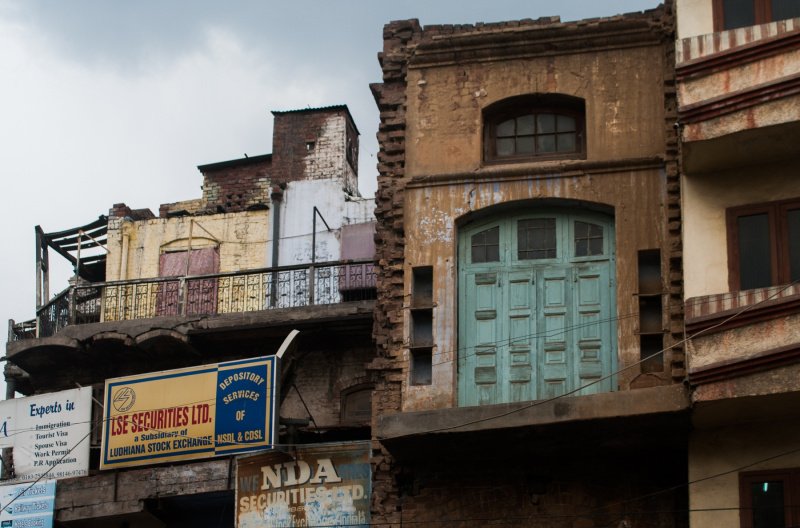Entering Amritsar by train, we knew little about it: that it is located in the Punjab and in it the main shrine of the Sikhs – the Golden Temple (“it’s beautiful, ah!”). Travelers wrote about it in blogs. Also, having recently watched the film “Gandhi”, we remembered the Jalianwala Bagh square, where in 1919 the British shot more than 1,000 people during a peaceful protest against colonialism. And Gandhi, it seems, after that even doubted whether it was worth continuing the company of Satyagraha (non-violent resistance).
As in the film, Jalianwala Square turned out to be a deserted patch in the center of the old city, surrounded by a solid row of blank back walls of residential buildings, with only one narrow passageway. The British detachment entered this passage. There was simply no way out for people. A large public well, where people jumped mad under a hail of bullets, is now lined with a pavilion. It is unpleasant to look into its wide concrete mouth through the barred windows. And in general, despite the semblance of a memorial park, the place is not good. Almost like Tuol Sleng prison in Phnom Penh. You see, big blood smells for a long time…
In a small museum there is a dramatic diorama of execution and many portraits of “mortars” – Sik victims of the time of the struggle for the independence of India (only this time, I note). But the portrait of Madan Dhindra opens this gallery. Dhindra was a terrorist: back in 1909, while studying engineering in London, he shot six shots in the face of an English lord known for his conservative views on colonialism. Dhindra was judged for only one day. In his court speech, he said:
“An Englishman who receives from India an income of 100 pounds, thereby pronounces a death sentence on a thousand of my poor countrymen who could easily live on this money … I am sorry that the English people should sentence me to death, because in this case the vengeance of my compatriots will become more and more cruel.”
Dhindra was hanged. Some advanced Europeans were outraged by the conditional show trial. Gandhi condemned Dhindra’s methods:
“Is any Englishman really bad just because he is an Englishman?! Is it true that all Indians are good? Why then not turn your anger against the oppression of the Indian princes?! India will not get anything good from the power of assassins, whether they are white or black. With such attitudes, India will be devastated and destroyed.”
A monument to Dhindra stands in one of the squares. Nearby are the gates of the old city. They are called Gandhi Gate. So go and understand what played a big role in the struggle for independence – Gandhism or terrorism …
The Golden Temple is not that particularly beautiful. But it is pleasant to wander through its white marble expanses, sit in cool galleries, and the faithful are calm and friendly. You feel comfort and peace.
If you go out and plunge into the cramped alleys of the old city, you get a strange feeling. At first you see some chaos and desolation. And just looking closer, you can see a lot of beautiful houses with exquisite balconies, molding and painting. Suddenly, even real Art Nouveau or Art Nouveau emerges from the darkness. But all this is covered with soot, dust, dilapidated, and many houses are clearly uninhabited. No, typical hectic Asian life seems to be in full swing on the streets. It just seems that it takes place in the scenery related to some other life – more established, rich and worthy. The street of merchants of cashmere and other fabrics is quiet and deserted, lonely old men sit in rare open shops. Looking at the individual ruins, it is impossible to believe that these destructions were produced only by time. It seems that you see traces of a sudden earthquake. Even metal utensils remained on the shelves of kitchen cabinets that were torn open by some force and already inaccessible …
It turned out that the troubles of Amritsar did not end with the riots of 1919. In 1947, during the partition of India and Pakistan, a mutual massacre began here, and the Muslims, who made up almost half of the inhabitants, fled, leaving their homes. Maybe that’s why most of the rich old houses are deserted and ruined? But why didn’t the Sikhs and the Hindu occupy them during all this time? Or are these traces of the very recent Operation Blue Star?
In 1984, the Sikh separatists, who began to defend their state of Holistan, occupied one of the buildings of the Golden Temple and declared Amritsar their capital. This idea, however, came to them for a reason: the government also tried to turn the Sikhs from warriors loyal to India into enemies. In short, a hundred armed partisans settled in the temple, and Indira Gandhi gave the command to the troops. Finding no better time for this than a religious holiday, which brought together thousands of pilgrims. Tanks entered Amritsar and opened fire on the White (House) Temple. I read that there were supporters of the separatists in the city, who fired at the incoming troops, especially from the highest buildings. These houses were destroyed by tank shells. Maybe it’s the one in the picture? According to official figures, about 500 civilians were killed during the “cleansing” operation. The Sikhs refused the Indian government’s offer of help to rebuild the badly damaged temple and did it on their own.
The traditional genre of “before and after”: Amritsar and the Golden Temple during the days of the massacre in 1984 and today – in 2012. Photos are mine and what I could find on the net. And there, by the way, very little was found about this story. It’s not the first time I’ve encountered such an interesting circumstance…
And a bit of today’s life in Amritsar – mobile, hectic, motley, colorful, unsightly, beautiful.










